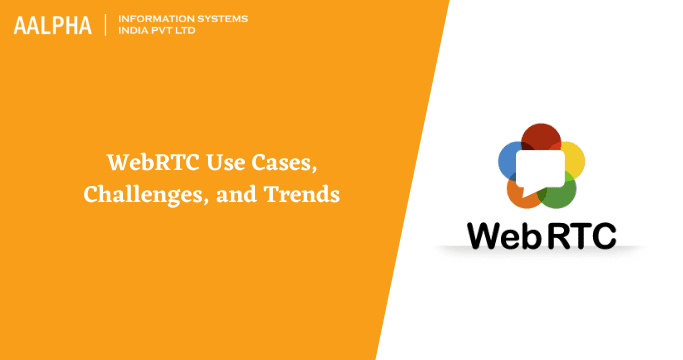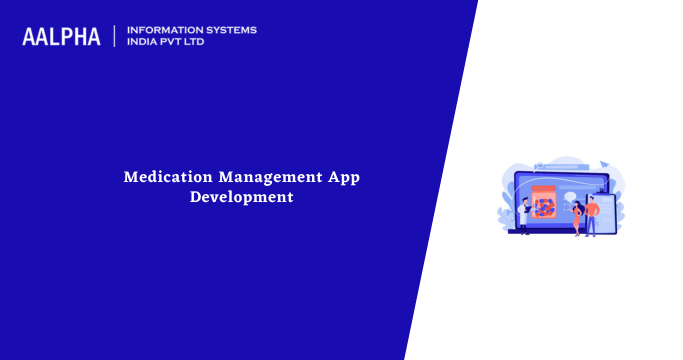WebRTC’s 2011 open-source project allows API-based communication across web browsers and mobile applications, including audio, video, and data transmission. Eliminating the requirement for native plugins and app installs makes such links easy for users and all major browsers and mobile operating systems to support. WebRTC has expanded rapidly in recent years in the IT sector. Facebook, Amazon, and Google have made WebRTC the leading technology firms for quicker, more dependable, and more secure online apps.
How WebRTC Works?
WebRTC’s primary objective is to deliver audio and video communication in real-time amongst participants using web browsers to initiate talks, locate and circumvent barriers.
WebRTC uses both JavaScript and HTML5 APIs, which are browser-built. A WebRTC application’s typical characteristics include the following:
- Send and get audio and video streaming.
- To send and receive data to a different client, use the WebRTIC API, get network configuration data, e.g., IP, application port, firewall, and Network Address Translators.
- Connections and report faults open/close.
- Image and video file codecs are transmitted.
Good Read: WebRTC guide
WebRTC features
WebRTC is mainly for sending and receiving UDP packets inside browsers. WebRTC also understands media transfer—both audio and video—and can link two clients directly—peer-to-peer. Developers concede that WebRTC is relatively simple behind the hood: open the UDP port, know the partner’s IP port, wrap RTP data.
-
Camera capture
The browser includes an API enabling users to access the camera or microphone navigator—user Media to Media Stream. The fundamental challenge is that we cannot provide media streams to the interlocutor since they weigh a lot without compression. One picture in BMP format, for example, is 1.2 Mb. Such photos are 30 per second. It indicates a second video weighing 36 Mb. The bit rate will be 288 Mbps. For transport, data must be compressed. The next step—coding—is compulsory.
-
Encoding
Simply put, codecs compress audio and visual streams. Such codecs are widely accessible, and a portion of them are accessible in WebRTC. Take VP9 as an example. WebRTC uses this codec to encode pictures. It can send photos with 1280-720 resolution, compressing them, so 30 frames weigh 1.5 Mbps. How can VP9 do that?
Instead of continually delivering picture information, VP9 distinguishes between pictures. We obtain the mainframe at the output, whereas other interframes are mainframe differences. More incredible frame movements equal more image weight.
-
RTP Packaging
Data is packaged in RTP—Real-time Transport Protocol, which carries package order information. It is a critical step since shipments may arrive in a different sequence or possibly be misplaced. We need to recreate packages in the proper series. RTP also retains time information allowing audio and visual track synchronization. Additional aspects of RTP are roughly 5% overhead. There is a protocol extension called RTCP. It exchanges information about missing parcels and reception data.
-
Transmission network on UDP
UDP Data is transferred as a UDP packet. If we compare UDP and TCP, the most significant benefit is a minimum package interval. UDP has certain disadvantages: packets get lost, arrive late and terminate in the incorrect sequence.
-
Unpack RTP
Package order is restored at this point. The video traffic is delivered to the decoder.
-
Decrypting
Data is transferred in the correct sequence, and we obtain a pure video stream at the output—Media Stream.
-
Screen drawing
We join the stream to the video and retrieve the picture. During peer-to-peer connection between two browsers, you occasionally observe that squares or freezes cover the video.
Check: WebRTC development company
WebRTC’s significant trends are:
- WebRTC, known as the W3C standard, will quickly evolve.
- WebRTC will expand its meeting sizes, and this will impact the complexity of the solutions. Of particular importance is that 1000 users at the meeting are a severe problem and require a new architecture.
- Additional tools have already been created and enhanced, such as backdrop blur and noise removal, and are linked to WebRTC implementation in Chrome. The pandemic sparked its boom.
- A lot of user privacy and application security activities will be accomplished.
- The VP9 and AV1 codecs will be upgraded.
WebRTC’s Future
The WebRTC market is worldwide globally, including North America, Europe, Asia, the Middle East, South America, and Africa. It is projected to continue to be the leading area, thanks to easy access to high-speed internet and a large population of smartphone users.
Google is investing significant resources in the development of Web Real-Time Communication these days. As a result, the future of WebRTC may be apparent. This is easily verified by examining Google’s technology investments. All of them are aimed at optimizing the code and expanding or improving the feature set.
Final thoughts
WebRTC’s future is linked to the development of new markets for the technology. Furthermore, since WebRTC is a W3C standard, it is possible for anyone to impact its development, which means it has a potential for growth and a bright future.
Any queries about WebRTC development? Feel free to fill our contact form to get a free consultation from our experts.
Also check: WebRTC pricing




Share This Article:
Written by:
Muzammil K
Muzammil K is the Marketing Manager at Aalpha Information Systems, where he leads marketing efforts to drive business growth. With a passion for marketing strategy and a commitment to results, he's dedicated to helping the company succeed in the ever-changing digital landscape.
Muzammil K is the Marketing Manager at Aalpha Information Systems, where he leads marketing efforts to drive business growth. With a passion for marketing strategy and a commitment to results, he's dedicated to helping the company succeed in the ever-changing digital landscape.